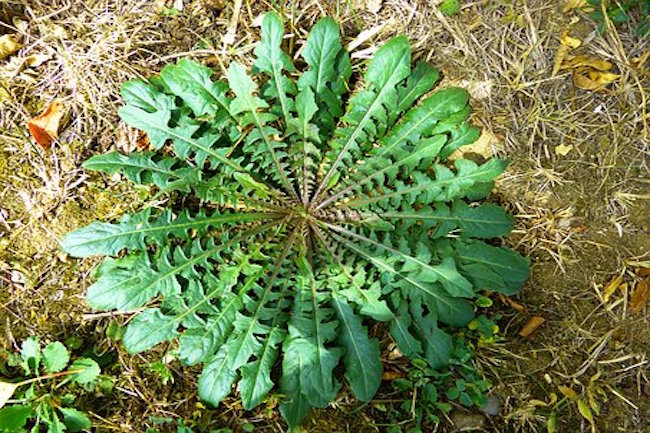The Pharmacy Around Us by Jen R for Survival Blog
Editor’s Introductory Note and Proviso: This is the first installment of a three-part article series.
The following is for informational purposes only and is not be taken as medical advice. Consult your local physician before taking any herb or supplements, being mindful of interactions with either prescribed drugs or any other herbs or supplements.
—
Most SurvivalBlog readers already know about brewing pine needles for vitamin C, crushing egg shells for calcium, using willow for aspirin, and making an elderberry tincture for influenza. It’s important to know about these remedies and be able to use them to care for our loved ones.
But there is a whole lot more to learn about, and it goes far beyond honey for coughs or peppermint tea for calming an upset stomach. Skeptics aren’t too sure of herbal remedies, and indeed it can be hard to distinguish hope from hype. I this three part article I will describe some potent natural treatments that can be obtained from items we have on hand or that are commonly found in the great outdoors. Many of these treatments not only work, but actually outperform conventional treatments. So why don’t we know about them? Why aren’t these treatments researched? Because there is no money in it for Big Pharma. Big Pharma can’t patent a naturally occurring plant.
These alternative treatments use common plants and items that are everywhere around us. They are potent when prepared properly, but mostly unknown. There are a lot of situations where you may wish to be able to use alternative medicine:
- when your supplies of antibiotics are exhausted;
- when you want to save your medicines for your family and more worthy individuals, but still want to help others;
- when the bacteria you are fighting have developed resistance to your antibiotics and need potentiating;
- when someone’s got a condition like tuberculosis and needs very long term therapy, which would totally wipe out everyone’s supplies in the community.
Nothing discussed in this article here is difficult to make or requires any special equipment beyond what’s found in even a sparsely equipped kitchen. The herbs covered herein treat many more conditions than what will be listed below. However, the focus of this article is the antibacterial and anti-viral uses of these plants and substances in treating oftentimes life-threatening conditions.
Note: I’ll be the first to admit that having pictures for accurate plant identification is critical. But providing pictures for this article wouldn’t be all that helpful, because you need to identify the specific species that grow in your area. Usnea has over six hundred species that vary greatly in color and size. Lomatium has dozens of species that vary in color, size, and range. Search online for images of the species that grow in your area.)
Let’s start off with some top natural, easily produced antibiotics.
USNEA
Why you want it: With actions similar to penicillin and ciprofloxacin, Usnea is used to treat upper respiratory tract infections, including pneumonia and tuberculosis; urinary tract infections; gastrointestinal infections, including H. pylori; skin infections, including MRSA; and vaginal infections.
Unless you live in the city, you should have at least one of the six hundred species of Usneagrowing somewhere nearby. It’s got a lot of common names—old man’s beard, beard lichen, beard moss, tree moss—though it is not a moss. It is yellow-green or gray-green, depending on the species, and can be small tufts or long strands. It especially favors conifer trees and grows better in moister environments. And it grows mostly on diseased trees.
To be sure you have found the right stuff, conduct a little test first, because Usnea can look very similar to Spanish Moss. Begin your test by soaking some Usnea in a little warm water for 10-15 minutes. After soaking, separate out one strand and hold each end between your thumb and forefinger. Now slowly stretch out the strand. It should be a bit like elastic, and it should go back into shape when you release it. If you stretch it so much that it snaps, you’ll be able to see the inner white cortex, like a very fine white thread (put your reading glasses on, if necessary). Usnea does this; Spanish moss does not. Also, Spanish moss has a black cortex.




